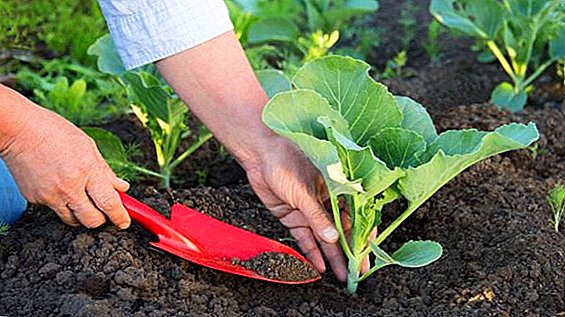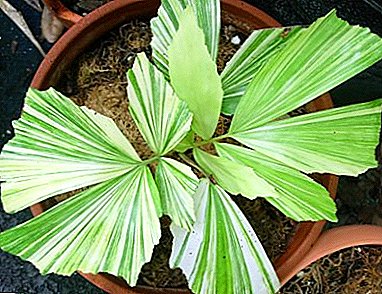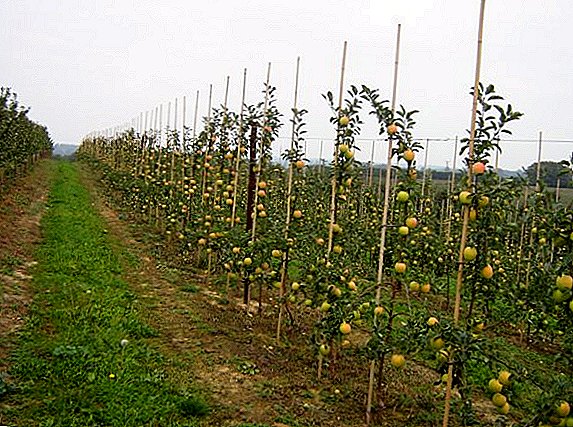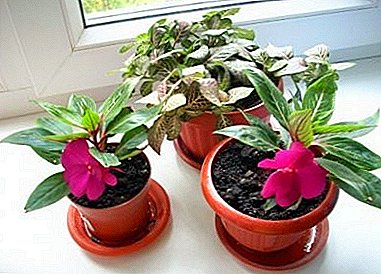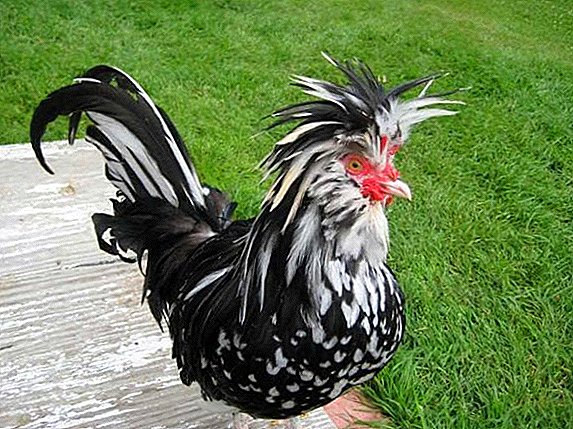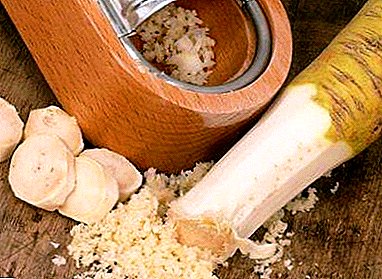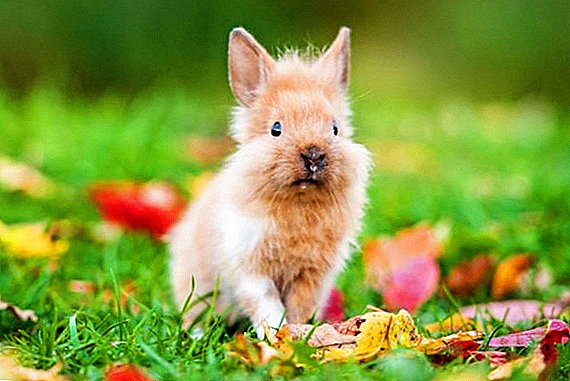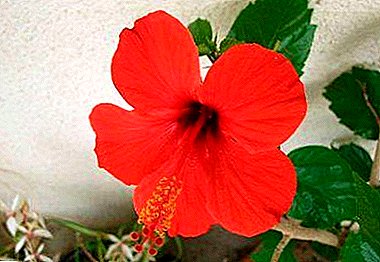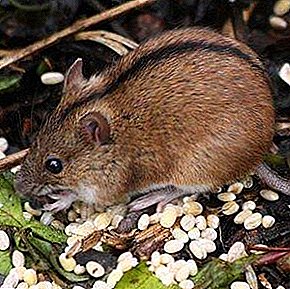
Field mouse (lat. Apodemus agrarius) is a small rodent, belongs to the genus of field mice.
The animal is small in size (10-12 cm), the color of his coat is dark brown with a characteristic black or dark brown stripe along the ridge.
The tail of a field mouse is short, much shorter than the length of the body.
The habitat is quite extensive - Central and Eastern Europe, the south of Western Siberia, Primorye. In large quantities vole can be found on the forest edges, in the steppes, in taiga forests.
Diet
The diet of field mice is quite diverse and varies depending on the "place of residence".
- In the steppe. A vole usually feeds on grasses and roots of plants, insect larvae, cereals;
- In the meadow. A field mouse eats juicy stems and bulbs of plants, grass seeds, various berries, small insects;
- In the woods. Field mice can often be found on forest edges, they eagerly eat tree bark, green leaves, buds, young shoots of bushes, mushrooms, nuts and berries;
- In the taiga. The field mouse that lives in the Siberian forests is slightly different in color, its fur has a reddish tint. In the taiga, voles have something to eat: cranberries, cranberries, nuts, various small insects, cones, buds and leaves of trees.
Is vole omnivorous?
 Basically, the vole's diet consists of plant food, but they also do not disdain small insects, larvae, eating them in large numbers (especially in spring and summer).
Basically, the vole's diet consists of plant food, but they also do not disdain small insects, larvae, eating them in large numbers (especially in spring and summer).
In winter colds, field mice often rush closer to heat and attack residential buildings and warehouses; they settle in large quantities in bread steaks.
Having chosen a home as a wintering place, a vole does not have to choose what to eat, therefore she eats everythingthat manages to steal: cheese, sausage, lard.
Harm from field mice
Harvest mouse very prolific. The vole century is short, only 1.5-2 years old, it can produce offspring already at the age of 2 months.
Animals breed 3-4 times a year, in each litter of 4-8 little mice. It is easy to calculate that in the short life span of field mice are able to increase their family to incredible sizes.
Swarms of voles raid the fields, gardens, orchards, and gnaw everything that comes their way.
The teeth of voles have the ability to grow throughout life, so they must be ground, otherwise they can grow to impressive size.
Man mice cause a lot of trouble.
If field mice start in the house, it is necessary to get rid of uninvited guests as soon as possible, as due to the strong teeth and the constant need to grind their voles can gnaw anything, even a thick floor board.
If the field mice bred in the garden, this is also not much good, as their loved ones delicacy is bark, berry bushes, young shoots of fruit trees.
And if they got into the cellar, then from stocks for the winter (potatoes, carrots) can no trace.
But the main danger to humans from these seemingly cute and harmless animals is that field mice are carrier of various infectious diseases.
IMPORTANT! A field mouse (not to be confused with a normal home mouse of gray color) is a carrier of such serious infectious diseases as tularemia and hemorrhagic fever, with the development and complication of which death is possible.
Meals at different times of the year

- Nutrition voles varied and depends on the time of year.
- Winter. Field mice don't hibernate, and feed in the winter as actively as in the warm season.
In the wild, food reserves in winter are very scarce, so voles, in search of food, rush into residential houses, senniks, granaries, cellars.
They eat with great pleasure grain, roots, straw than cause great damage to farms;
- Spring Summer. In the warm season, there are no special problems with subsistence in the voles, they eat the succulent stems of plants, roots, berries, leaves.
In large quantities live in the fields, destroying the seeds and young seedlings of cereals, beets, carrots, causing significant damage to agriculture and farms;
- Autumn. Also a favorable time of year for field mice. There is a harvest, and in the fields there is something to profit, because after harvesting on the field there is a lot of grain.
Hay has already been mowed down haystacks - one of the favorite places of settlement voles, there is warmth and a lot of tasty grass. The sunflower is ripe, and field mice will never refuse from its tasty seeds either.
In gardens and orchards ripe harvest - you can profit from ripe fruit and root crops;
Do they make stocks for the winter?
Burrows of field mice are quite simple, in rare cases they can have several exits. The depth of the burrow is small. Sometimes field mice make round grass nests on the surface and live in them.
In vole holes near the nesting chamber arrange storagethat allows them not to starve in the winter.
Stock is usually not enough for the entire period of cold weather, and burrows often can destroy large forest animals, then voles rush towards people in search of food.
What benefits do they bring?
After all the above-mentioned troubles from field mice, the question of their benefits may seem ridiculous.
However, voles bring tangible benefits, being an important link in the food chain.
Without them, many animals: foxes, martens, owls, cats would be left without food. In addition, destroying a significant part of the mouse army, these animals retain many beneficial insects, plants, as well as a significant part of the crops in the fields and gardens.
There is nothing superfluous in nature, so in the case of the field mouse. A lot of harm from her, but there are tangible benefits.
And yet, despite the tiny size and harmless appearance., These are animals that should be considered and it is better not to allow them close to their homes.
A photo
Meet the vole on our photo gallery:







